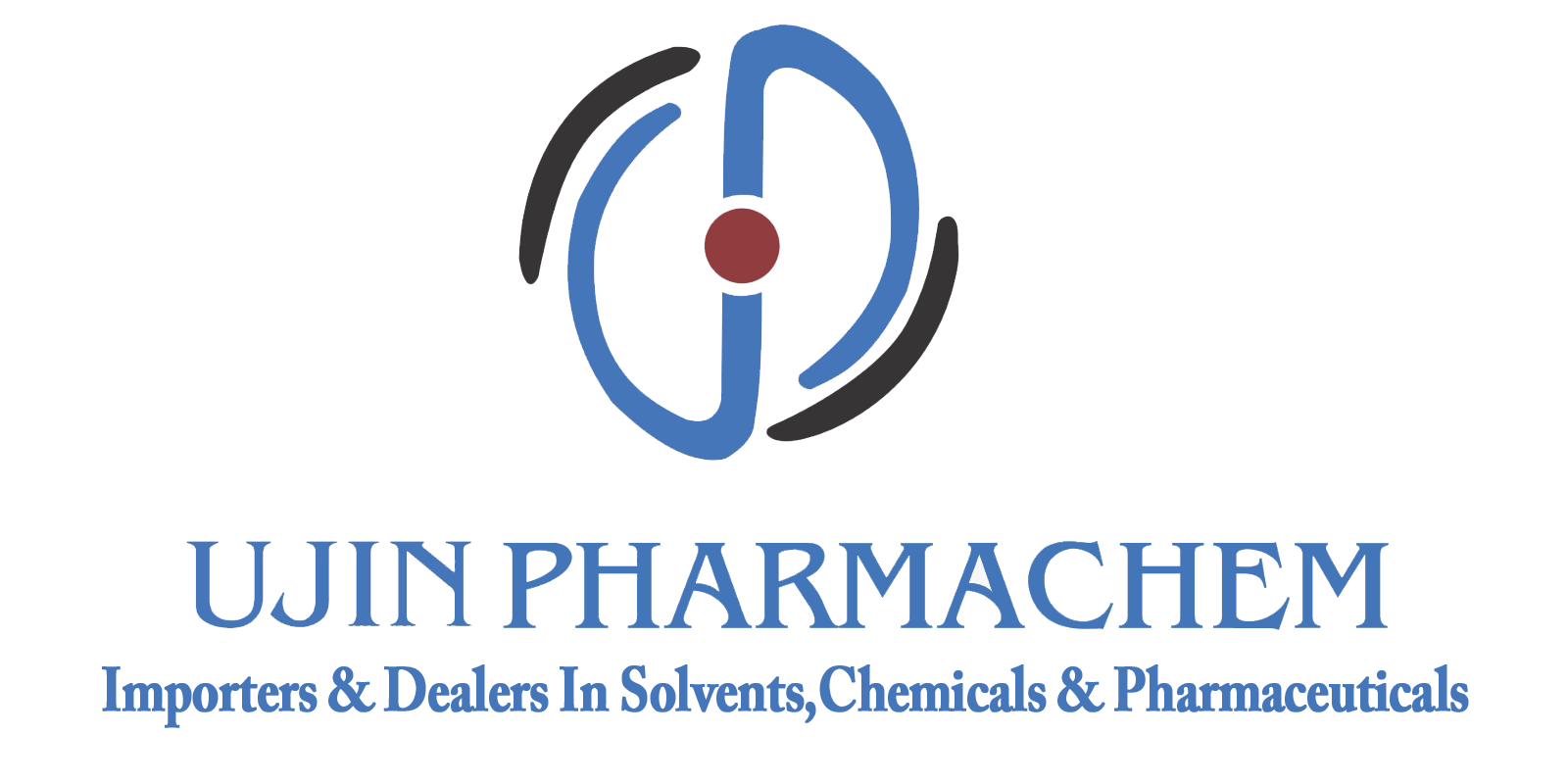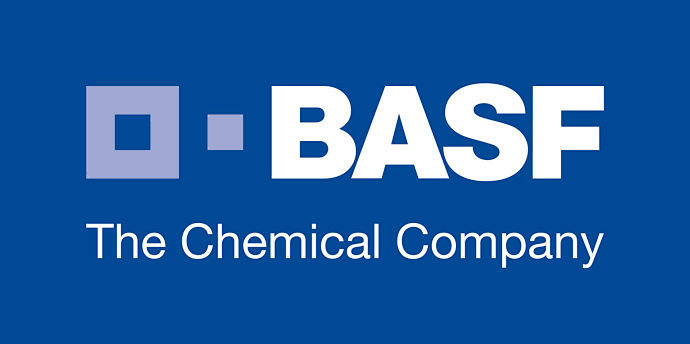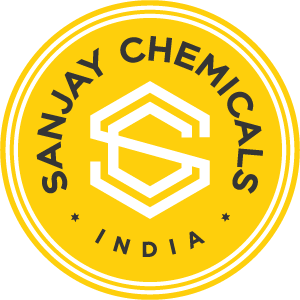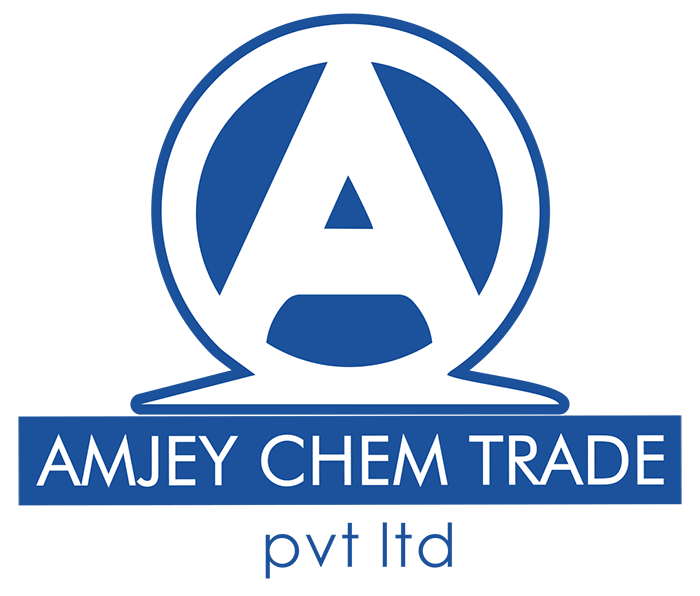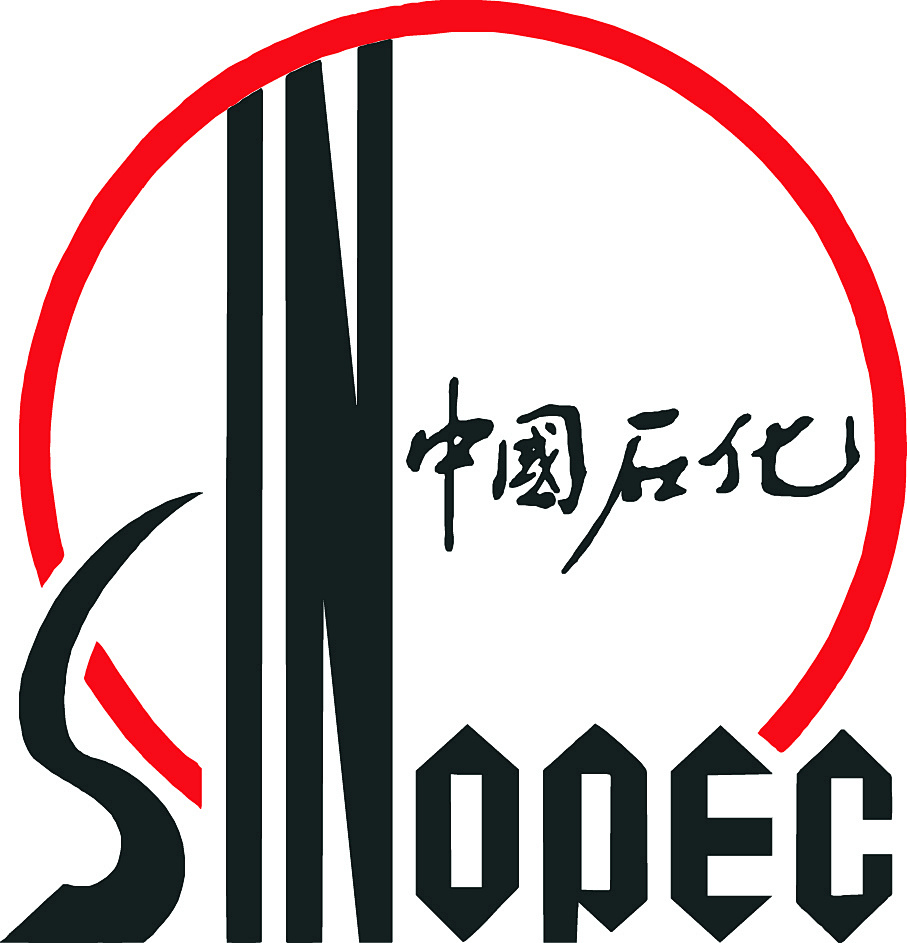| Chinese name |
Polyether |
| English Name |
2-PROPENOICACID,BUTYLESTER,TELOMERWITH2-[[(HEPTADECAFLUOROOCTYL) |
| Alias |
Polyether |
| English alias |
2-PROPENOICACID,BUTYLESTER,TELOMERWITH2-[[(HEPTADECAFLUOROOCTYL) |
| CAS |
68227-96-3 |
Main raw materials
Three types of raw materials are used, organic oxides and furan cyclic compounds, etc.; starting agents; catalysts
organic oxides and furan cyclic compounds, etc.-propylene oxide, ethylene oxide, epichlorohydrin, tetrahydrofuran, etc.;
starting agents-low molecular compounds containing hydroxyl groups and low molecular compounds containing amino groups or containing hydroxyl groups and amino groups. Commonly used are propylene glycol, glycerin, trimethylolpropane, ethylenediamine pentaerythritol, xylitol, triethylenediamine, sorbitol, sucrose, bisphenol A, bisphenol S, tris (2-hydroxyethyl) isocyanate, toluenediamine, etc. When aromatic or heterocyclic polyol or polyamine initiator is used, the above structure will be introduced into the polyether polyol structure, which can make the resulting polyurethane material have good dimensional stability, heat resistance and flame resistance. Commonly used as such initiators are bisphenol A, bisphenol S, tris (2-hydroxyethyl) isocyanate, toluenediamine, and the like. The variety of starter can be used to synthesize polyether polyols with different functionality, different chemical structures and different functions to adapt to the diversity and performance requirements of polyurethane products.
catalyst-anionic, cationic, metal complex type, polyurethane industry is commonly used in the anionic catalyst of alkali metal hydroxide and cationic catalyst of Lewis acid. The former is used for the preparation of low molecular weight ordinary polyether polyols, the latter is used for the preparation of high molecular weight polyether polyols and tetrahydrofuran ring-opening copolymerization of special polyether polyols. Metal-based complex catalysts are used to synthesize ultra-high molecular weight polyether polyols, and the synthesis of polyether polyols for polyurethanes has only a few applications. It is most often potassium hydroxide.
Commonly used species
polyoxypropylene glycol
Polyoxypropylene glycol, also known as polypropylene glycol (polyoxypropylene glycol, referred to as PPG), is prepared in a glass-lined or stainless steel reactor. A mixture of the starter (1,2-propylene glycol or dipropylene glycol) and the catalyst (potassium hydroxide) is added to the kettle in which the catalyst is prepared, heated to 80-100°C, and the solvent in the catalyst is removed under vacuum to promote the formation of the alcoholate. Then the catalyst is transferred into a reaction kettle, heated to 90~120 ℃, propylene oxide is added into the kettle at this temperature, and the pressure in the kettle is maintained at 0.07~0.35MPa. At this temperature and pressure, propylene oxide is continuously polymerized until a certain molecular weight is reached. Under negative pressure, after the residual propylene oxide monomer is distilled off, the polyether mixture is transferred to the neutralization kettle, neutralized with acidic substances, and then filtered, refined, and added with a stabilizer to obtain the product.
polytetrahydrofuran glycol
polytetrahydrofuran glycol (PTHF) or polyoxytetramethylene glycol (PIG, PTMEG, PTMG, PTMO) is prepared by ring-opening polymerization of tetrahydrofuran in the presence of a cationic catalyst. Production process: tetrahydrofuran is added into a reaction kettle, the temperature drops below -5 ℃, fuming sulfuric acid catalyst is added dropwise under strong stirring, the low temperature of the reaction material is kept, a certain amount of water is added under stirring, the temperature is raised to 70-90 ℃, unreacted tetrahydrofuran monomer is distilled out, and polytetrahydrofuran glycol is prepared after standing for stratification, neutralization, filtration, vacuum pumping and other processes.
Polytetrahydrofuran glycol has a high price and is generally used to prepare high-performance polyurethane materials. Its products have excellent low temperature resistance, water resistance, oil resistance, abrasion resistance and mold resistance.
Tetrahydrofuran-propylene oxide copolyol
Tetrahydrofuran-propylene oxide copolymer glycol (tetrahydrofuranoxide propylene copolymer glycol) is prepared by ring-opening polymerization of tetrahydrofuran and propylene oxide under the catalysis of Lewis acid, through neutralization, water washing, dehydration and filtration. The structural formula is as follows:
The product specifications of the tetrahydrofuran-propylene oxide copolymer diol are shown in Table 3-28. The copolyether is cheaper than pure polytetrahydrofuran glycol, and its product performance is similar to PTMG, especially suitable for the manufacture of low temperature resistant polyurethane materials (cold resistance up to -200 ℃).
special polyether polyol
4.1 active polyether polyols
use primary hydroxyl groups or use amino groups to replace the secondary hydroxyl groups of ordinary polyether end groups, thus introducing new varieties such as cold curing process, reaction injection molding, self-skinning foam and high resilience.
4.2 flame retardant polyether polyol
the flame retardant molecules into the polymer molecular chain through chemical reaction, so that the flame retardant performance is lasting. There are usually three ways
to use compounds containing flame retardant elements as a starting agent, such as phosphorus oxychloride, antimony pentoxide, four hydroxymethyl phosphorus chloride and many low molecular weight phosphate, etc., with ordinary low molecular polyol reaction, and then with propylene oxide, ethylene oxide ring-opening polymerization.
2 Ring-opening polymerization is carried out using a halogen-containing epoxy compound monomer as a raw material.
③ At the same time, halogen-containing epoxy compound monomer and phosphorus, antimony and other compounds and starter mixture are used for ring-opening polymerization to generate composite polyether polyol.
4.3 graft type polyether polyol
is generated by one-step copolymerization or two-step copolymerization with vinyl monomer compounds based on ordinary or highly active polyether polyols, or with polyether polyols containing unsaturated bonds as the matrix, and then transferred to a delicate container to remove unreacted monomers and add stabilizers to obtain products.
4.4 polytetrahydrofuran polyol
is used for the preparation of high-performance polyurethane fibers, thermoplastics, synthetic leather and other products.
4.5 heterocyclic modified polyether polyols
introduce aromatic or heterocyclic rings into the polymer system.
Storage toxicity
The container for the polyether polyol may be made of steel, aluminum, polyethylene or polypropylene. The storage temperature should not exceed 70 ℃. In order to prevent moisture absorption and oxidation, it is recommended to fill the container with nitrogen. Polyether polyol products are generally packaged in clean, dry, sealed, and leak-free galvanized iron drums. Keep away from sun, rain and fire during storage. Not subject to the rules governing the storage of flammable liquids, but should avoid entering groundwater or surface water as it is not readily biodegradable.
the toxicity of general neutral polyether polyols ingested in the mouth or in contact with skin, eyes and mucous membranes can be ignored, there is no need for personal protective measures in use. Amine-based polyether polyols can irritate the skin and eyes due to their alkalinity, so wear protective equipment such as safety glasses and gloves during operation.
![]() +086 1911-7288-062 [ CN ]
+086 1911-7288-062 [ CN ]



























































































